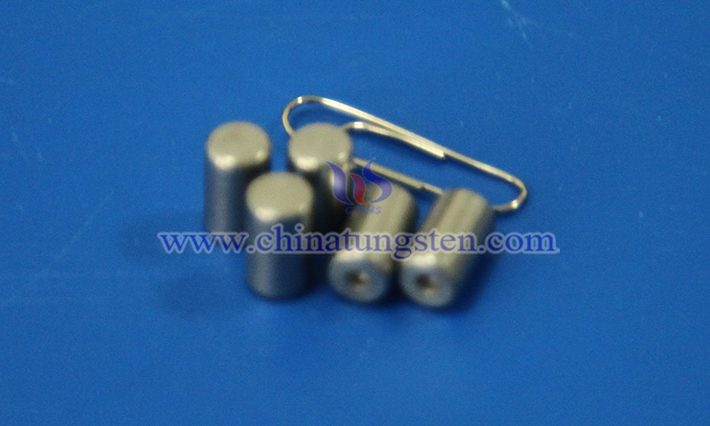Factors Affecting the Mechanical Strength of Barium Tungsten Electrodes
- Details
- Category: Tungsten Information
- Published on Friday, 30 May 2025 17:41
The mechanical strength of barium tungsten electrodes is the result of the combined effects of material composition, microstructure, preparation process and working environment. To improve the strength, the barium content can be optimized, the grain size can be controlled, the sintering process can be improved, the internal defects can be reduced, and the surface quality can be ensured. In practical applications, each influencing factor needs to be weighed according to the specific conditions of use.
Factors Affecting the Mechanical Strength of Barium Tungsten Electrodes
1. Material Composition and Purity
1.1 Barium Content: The amount of barium added and the uniformity of its distribution directly affect the mechanical properties of the electrode. An appropriate amount of barium can improve the toughness of the electrode, but an excessive amount may weaken the grain boundaries and reduce the strength.
1.2 Purity of Tungsten Matrix: The higher the purity of tungsten, the fewer impurities, and the higher the mechanical strength of the electrode. Impurities (such as oxygen and carbon) may cause microcracks or embrittlement.
1.3 Alloying Elements: Adding other elements (such as rare earth elements) may improve the grain structure and enhance mechanical strength.

2. Microstructure
2.1 Grain Size: Smaller grain size usually improves strength (following the Hall-Petch relationship), but too fine grains may reduce toughness.
2.2 Grain Boundary Characteristics: The bonding strength and defects (such as pores and inclusions) of the grain boundary will affect the fracture resistance of the electrode.
2.3 Phase Distribution: The distribution uniformity of barium compounds (such as BaO) affects the overall strength of the electrode, and uneven distribution may lead to local stress concentration.
3. Preparation Process
3.1 Sintering Process: Sintering temperature, time and atmosphere (such as hydrogen or vacuum) have an important influence on the density and mechanical strength of the electrode. High temperature sintering can improve density, but may cause excessively large grains and reduce strength.
3.2 Pressing Process: Pressing pressure and forming method (such as isostatic pressing) affect the density and uniformity of the initial green body, and thus affect the final strength.
3.3 Heat treatment: Annealing or other heat treatment can eliminate internal stress and improve toughness, but improper treatment may lead to recrystallization or grain growth.

4. Working Environment
4.1 Temperature: Barium tungsten electrodes may recrystallize at high temperatures, resulting in a decrease in strength. Long-term high-temperature operation may also cause barium volatilization and change the material structure.
4.2 Mechanical Stress: Mechanical shock or vibration to which the electrode is subjected during operation will accelerate fatigue damage and reduce strength.
4.3 Chemical Corrosion: Exposure of the electrode to corrosive gas or plasma environments may cause surface degradation, indirectly affecting mechanical strength.
5. Defects and Damage
5.1 Internal Defects: Pores, cracks or inclusions can become stress concentration points, significantly reducing mechanical strength.
5.2 Surface Quality: Surface roughness or processing damage (such as microcracks) can reduce the electrode's ability to resist fracture.
- Chinatungsten Online: www.tungsten.com.cn
- CTIA GROUP LTD: en.ctia.group
- Tungsten News & Price: www.ctia.com.cn
- Molybdenum News & Price: news.molybdenum.com.cn
- Tel.: 86 592 5129696; Email: sales@chinatungsten.com



 sales@chinatungsten.com
sales@chinatungsten.com